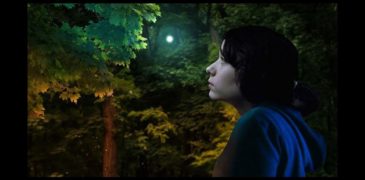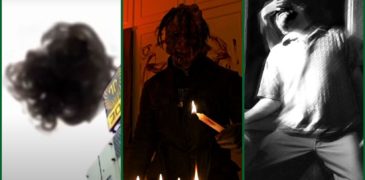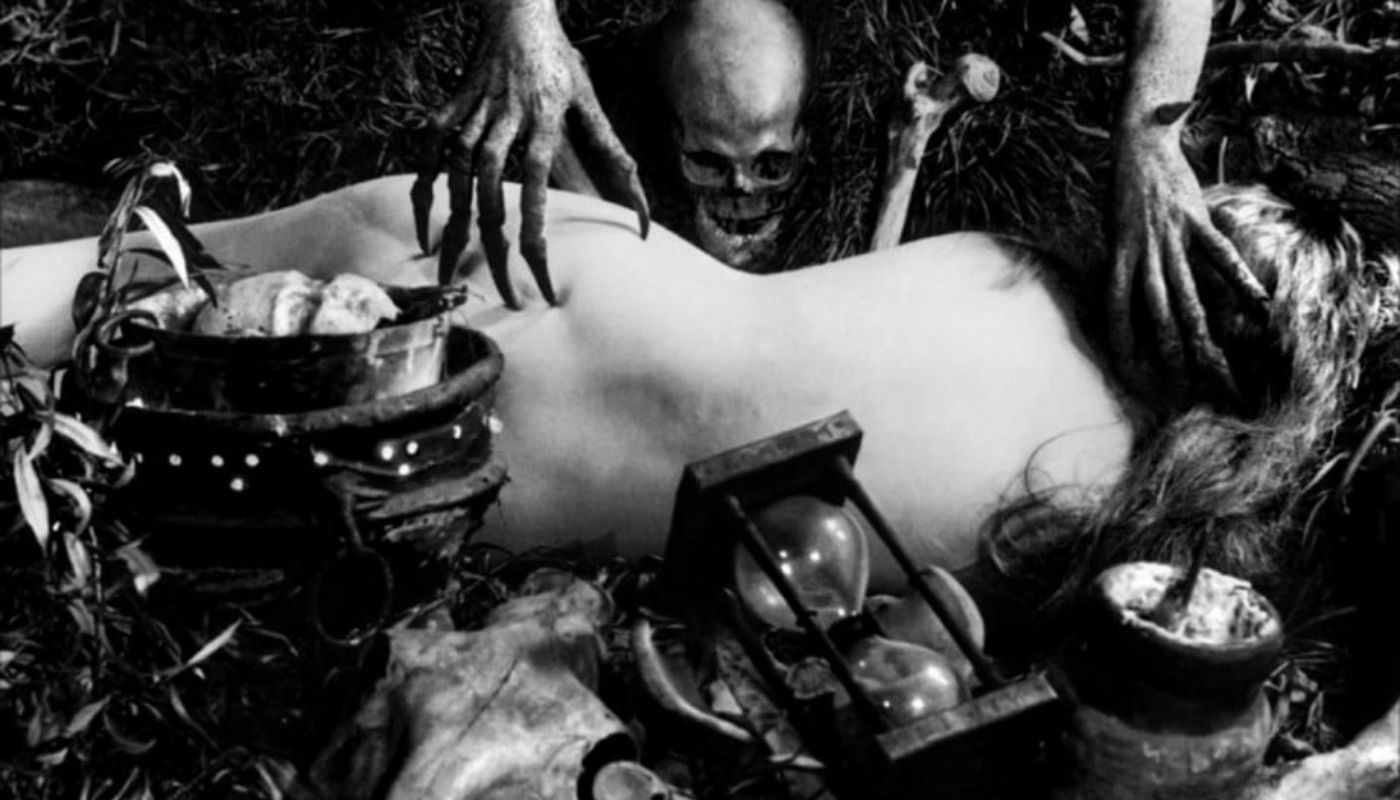
Perhaps you’re looking for something different in a horror film, tired of jump scares and remakes. Perhaps you’re passionate about obscure cinema, reveling in the discovery of something unexpected. Or perhaps you enjoy a bit of history sprinkled in your movies, learning about culture or folklore while being entertained. My choice for today can fill all of these criteria. Please sit back, relax, and enjoy a nice bowl of eye of newt as we examine the 1922 film Haxan: Witchcraft Through the Ages.
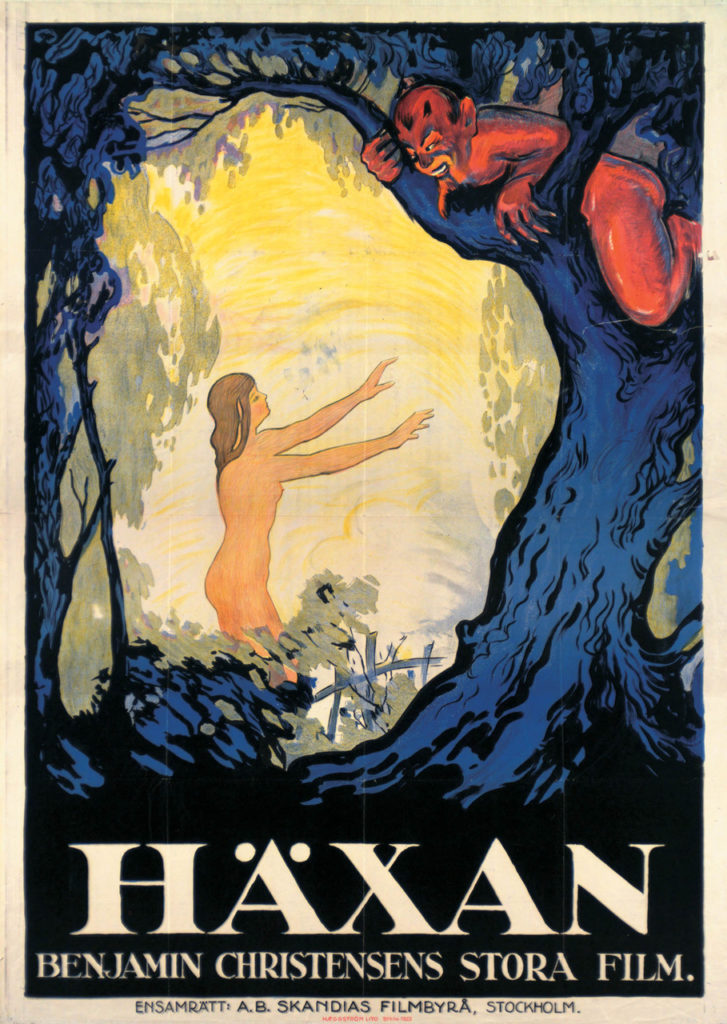
A truly unique piece of film history, Haxan is an unflinching look at the history of witch hysteria, the delusional myths surrounding it, and, ultimately, the truth behind the paranoia. Part documentary, part delightful theatrics, the movie takes you into a feverish nightmare trip into the middle ages, elucidating how supposed “witches” were perceived in a deeply ignorant and vehemently religious society. It uses dramatizations to portray the experiences of those living in this oppressive climate, and bring to life the outrageously dark (and amusing) rituals the intolerant people of the times actually believed witches engaged in. The Witches’ Sabbat segment is perhaps the most entertaining moment of the film.
Scenes from this movie frequently pop up in Creepypasta videos and the like. I would venture to say, even if you haven’t seen Haxan, if you’re a fan of horror, you’ve probably seen images or clips from it without knowing the source. Certainly, Haxan is memorable for its imagery. While it is frequently absurd, it gives one the impression of a fever dream. Even its most ostensibly laughable scenes can be disturbing. Haxan makes the viewer feel like they are traversing a strange other world. It’s mad to think that beliefs like the ones depicted were actually pervasive in our history.
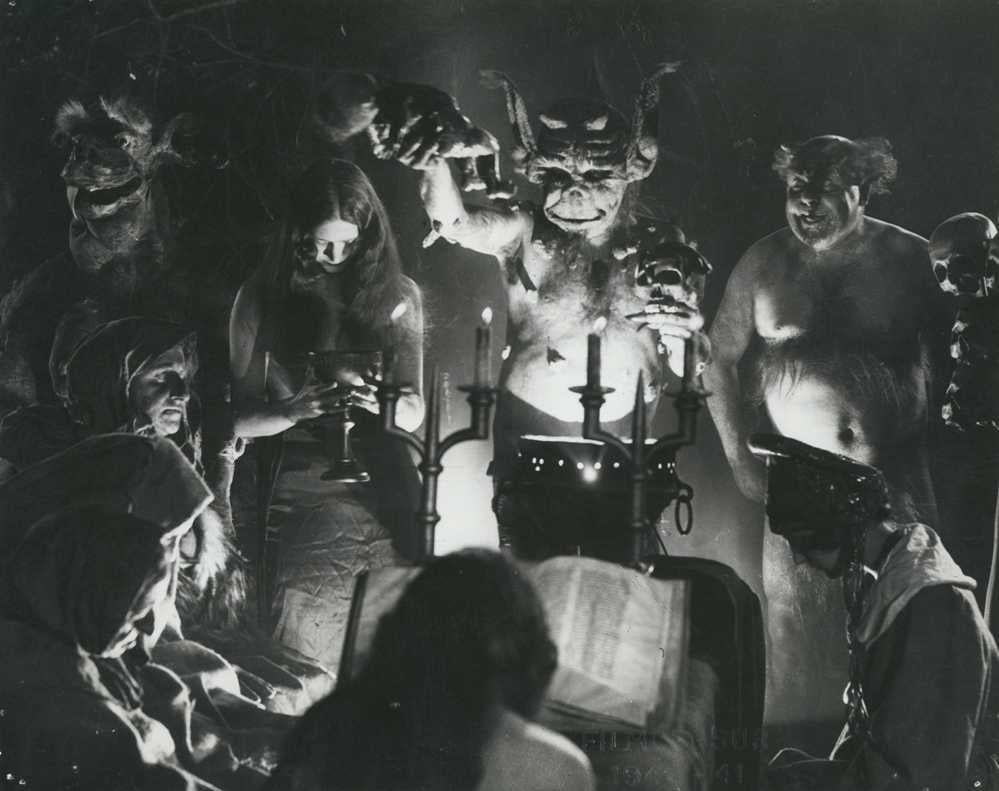
Haxan is actually quite innovative technologically. Despite being shot in a studio, the director, Benjamin Christensen, believed that the nocturnal mood would benefit the actors’ performances. Furthermore, to achieve shots of the witches flying over a town, Christensen and the cameraman, Johan Ankerstjerne, filmed a miniature town, which was rotated by a turntable that took several men to operate. Then, 75 actors on were shot flying their broomsticks, with a black backdrop, and an airplane motor was used to make the costumes appear to blow in the wind. In order to splice the footage together, Ankerstjerne built a special optical printer specifically for the task. Much care and hard work was put into ensuring that the imagery of Haxan would due justice to the director’s vision. Cameramen were even dispatched to Norway at one point to film the perfect ominous, stormy skies for the film. On another interesting (and amusing) note, Christensen himself played the Devil in the film, as well as Jesus, and he clearly threw himself into the role with enthusiasm.
The film is actually remarkably thoughtful for its time, despite its frequent over-the-top theatrics. The narrator sympathizes with the victims of witch hysteria, and by the end, it discusses how this kind of insanity and paranoia stems from ignorance and bigotry. This dissection of the sort of society that wallows in such beliefs and sadism gives the film a satisfying conclusion, with an edifying reminder not to revert to systemic prejudice. We may not hunt witches anymore, but the thoughts and philosophies that lead to such injustices are never truly eradicated.
You can watch the full film here!
More Reviews:
Thirty Souls Movie Review (2018) – Stages of Death
Co-Author Lisa Lebel Diana Toucedo’s Thirty Souls casts a gaze on an isolated, slowly dissolving community in Galicia where “life doesn’t end, but rather becomes something else.” This is due…
The Sadness Film Review – What The F*** Did I Just Watch!?
The Sadness has been a film making some early commotion due to an extreme and graphic nature – a new angle on the zombie genre in the age of our…
Celebrating The Best Hidden Gems of The Found Footage Horror Genre (Part 2)
Welcome to the second part of our list Celebrating The Best Hidden Gems of The Found Footage Horror Genre! We covered a lot of ground already, but have just as…
Book of Monsters (2018) Film Review: A Gore-Soaked Indie Gem
I adore independent film, escaping the usual clichés that are all too common in Hollywood. Consequently, small, independent companies are a good way to experience a fresh take on film…
The Razing (2022) Film Review
Inspired by a music video, and the estrangement from her own family, J Arcane teamed up with Paul Erskine to direct The Razing, a 2022 film that documents a questionable…
Settlers (2021) Film Review – What Would You Do in Order to Survive?
This dystopian sci-fi centers on a family at the very edge of the human frontier: Mars. The mother, father, daughter trio seem to live a Utopian existence until the outside…
Eden is a Soong-type android learning to pass as human through studies of pop culture, humor, and dark fantasy. Perhaps one day she will learn to love and pronounce “hyoo-mahn” correctly. She was written analyses of music, video games, comics, and film. You can find her other writings on Vocal and WordPress.
